The $3,500 Apple Vision Pro launched with stunning visuals and groundbreaking eye tracking, but one glaring omission: the kind of tactile control that makes VR feel natural. While competitors ship with hand controllers standard, Apple bet everything on gaze-and-pinch interactions. Now, patent filings and development reports suggest Apple might be reconsidering that philosophy—and it could transform how we experience spatial computing.
What you need to know:
- Apple is exploring additional touch control methods for future Vision Pro models
- Current gaze-and-pinch interaction works well for interface navigation but struggles with precise tasks
- The 1.3-pound headset already supports PlayStation and Xbox controllers, but lacks VR-optimized 6DOF controls
- Patent applications reveal Apple's interest in enhanced facial interfaces and force-sensitive input systems
What's wrong with looking and pinching?
Here's the thing: Apple's current interaction model is elegant in theory but frustrating in practice. The gaze-and-pinch system, where you look at objects and pinch fingers to select them, works beautifully for browsing apps or watching movies. But anyone who's tried precise work knows the limitations.
Vision Pro users report that "using the eyes as a mouse is a bad idea because our eyes are not meant for that." The system struggles with edge-of-vision targeting, and eye tracking can be "slower and less accurate than Meta's" for certain tasks. These limitations become particularly pronounced during professional workflows—developers report that fonts are harder to read inside Virtual reality and precision tasks like 3D modeling or detailed interface work require workarounds.
The impact extends beyond individual frustration. While over 1,000 Vision Pro apps now exist, many feel constrained by input limitations rather than unleashed by spatial possibilities. This creates a barrier to Vision Pro's adoption in professional markets where precision matters most.
PRO TIP: Current users work around these limitations by connecting PS5 or Xbox controllers for gaming, though these aren't optimized for VR's six degrees of freedom.
Touch controls that actually make sense
Apple's patent filings reveal a more nuanced approach to Vision Pro input than pure gaze-and-pinch. Recent discoveries show the company exploring facial interfaces with varying compliance zones—essentially, different parts of the headset that respond to different types of pressure and movement.
The patents describe systems where the "upper portion has an upper shear compliance that is greater than" the lower portion, potentially enabling users to navigate through subtle head movements and facial gestures. This approach addresses a key challenge: how do you add tactile input without cluttering the elegant Vision Pro design with traditional buttons and trackpads?
What makes these patent implementations compelling is their focus on augmenting rather than replacing eye tracking. The system could handle coarse navigation through gaze while offering fine control through pressure-sensitive zones. This bridges the gap between Apple's minimalist design philosophy and the practical demands of precision spatial computing tasks.
Developer sessions already hint at this direction, showing how "direct input means you're reaching out and handling a virtual object directly" while "indirect input means you're operating on those objects at a distance." Future Vision Pro models could seamlessly blend these approaches, using touch-sensitive interfaces for precision work while maintaining gaze for broader spatial interaction.
Why controller partnerships change everything
The bigger story might be Apple's rumored collaboration with Sony. Bloomberg reports that Apple and Sony are "working to bring PlayStation VR2's controllers to Vision Pro," complete with proper 6DOF tracking and haptic feedback.
This partnership represents more than incremental improvement—it signals Apple's recognition that different tasks require different input methods. The PS VR2 Sense controllers offer precisely the kind of tactile precision that makes VR feel intuitive. With force sensors for variable input and "powerful haptic feedback," these controllers unlock applications that remain clunky under gaze-and-pinch control.
Consider what becomes possible: architects could manipulate 3D building models with millimeter precision, surgeons could practice procedures with realistic force feedback, and engineers could assemble virtual prototypes using natural hand movements. These aren't theoretical use cases—they represent the professional markets where Vision Pro's premium pricing makes strategic sense.
The partnership also makes strategic sense for both companies: Sony gains broader hardware distribution beyond PlayStation owners, while Apple acquires proven controller technology without years of R&D investment. More importantly, it demonstrates Apple's pragmatic evolution from interaction purist to platform enabler.
What this means for the next Vision Pro
Sound familiar? Apple's approach mirrors their historic pattern: ship with bold new interaction model, then pragmatically expand input options based on real-world usage. The iPhone started with touch-only, then added stylus support. The Apple Watch began with the Digital Crown and side button, then gained tap gestures and always-on displays.
Future Vision Pro models will likely orchestrate multiple input methods into a cohesive experience: refined eye tracking for interface navigation, enhanced facial interfaces for precision control, and optional controller support for specialized applications. Patent applications show Apple exploring systems that prevent "more than a desired amount of force from being applied to the user's nose"—suggesting significant comfort improvements will accompany expanded input capabilities.
This multi-modal approach could address the adoption barrier that professional users currently face. Instead of forcing workflows to adapt to single-input constraints, the next Vision Pro could adapt its input method to match user needs and application requirements.
The timeline aligns with Apple's broader Vision Pro strategy. While Vision Pro 2 isn't expected until late 2026, a more affordable model could arrive sooner with improved input capabilities as a key differentiator from the current $3,500 model. Enhanced controls could help justify the premium while making spatial computing accessible to professional markets that current limitations keep at bay.
The human computer, finally
Here's what excites me about Apple's evolving input philosophy: it acknowledges that spatial computing isn't about replacing human capabilities—it's about amplifying them. Our eyes excel at rapid targeting and spatial awareness, but struggle with sustained precision tasks. Our hands provide intuitive manipulation and force feedback, but can't efficiently navigate distant interfaces. The magic happens when technology seamlessly bridges these natural abilities rather than forcing adaptation to artificial constraints.
Apple's next Vision Pro iteration could finally deliver on the promise of intuitive spatial computing by matching input methods to human capabilities. Whether through enhanced facial interfaces, proven controller partnerships, or novel touch-sensitive zones, the goal remains constant: making advanced AR/VR feel as natural as using an iPhone.
The current Vision Pro is undeniably impressive—23 million pixels of stunning visual fidelity packed into a premium design. But pixels alone don't create compelling experiences. The next generation needs to feel human, and that transformation begins with giving people natural, appropriate ways to touch their digital world. When that happens, spatial computing stops being about adapting to new technology—it becomes about technology that adapts to us.




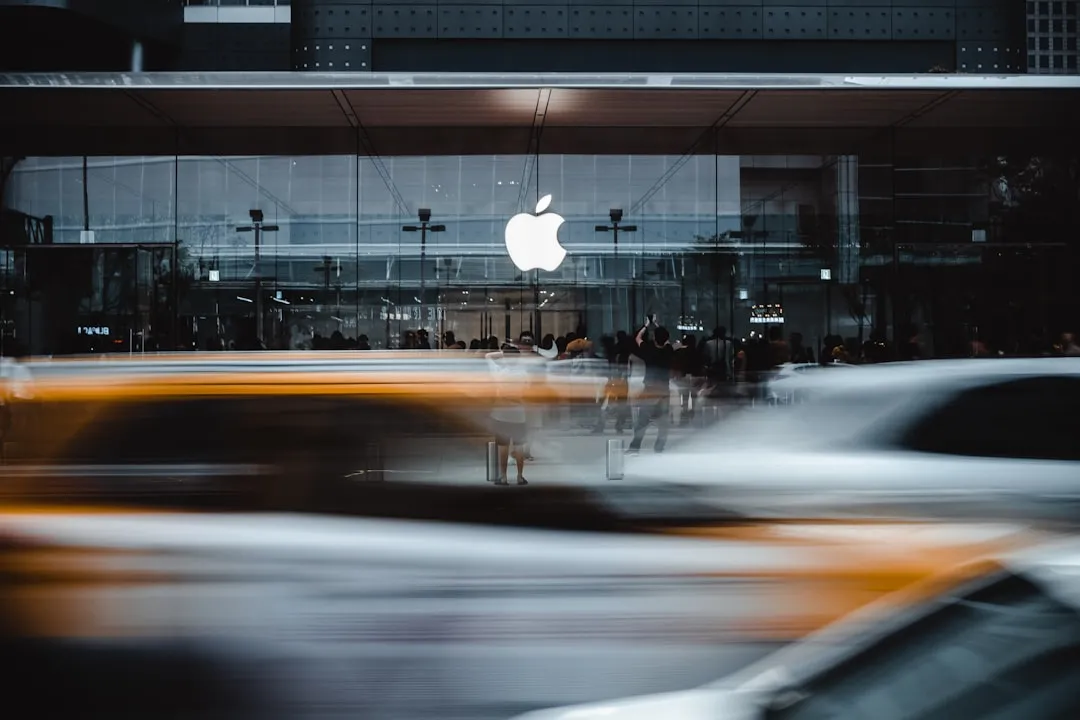
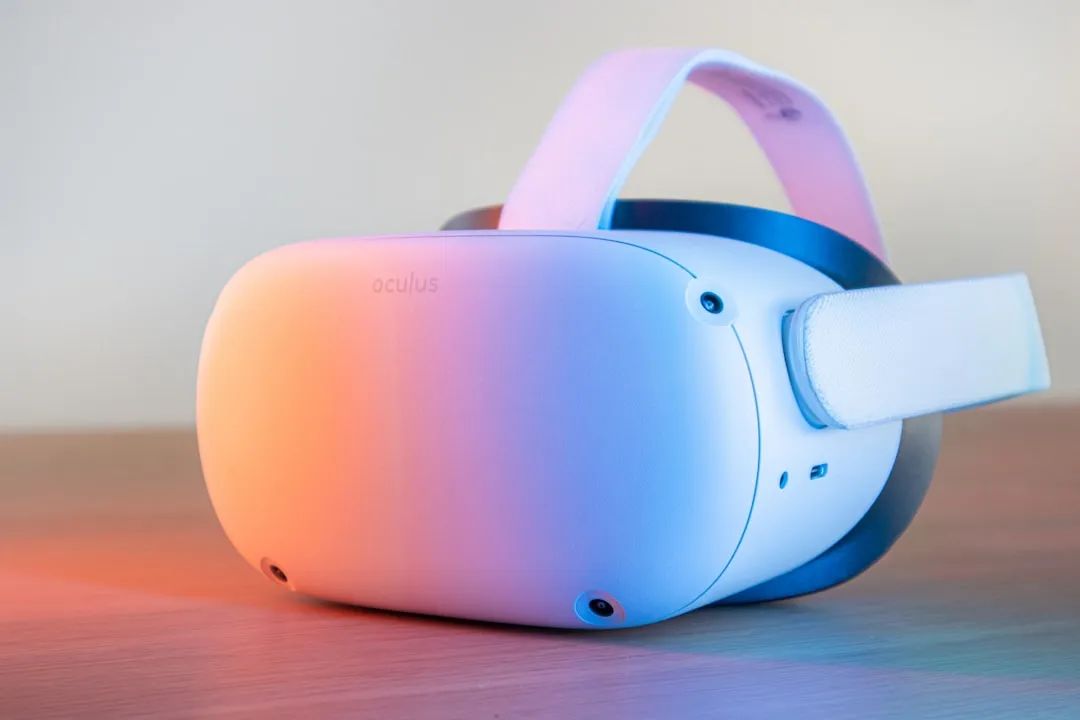
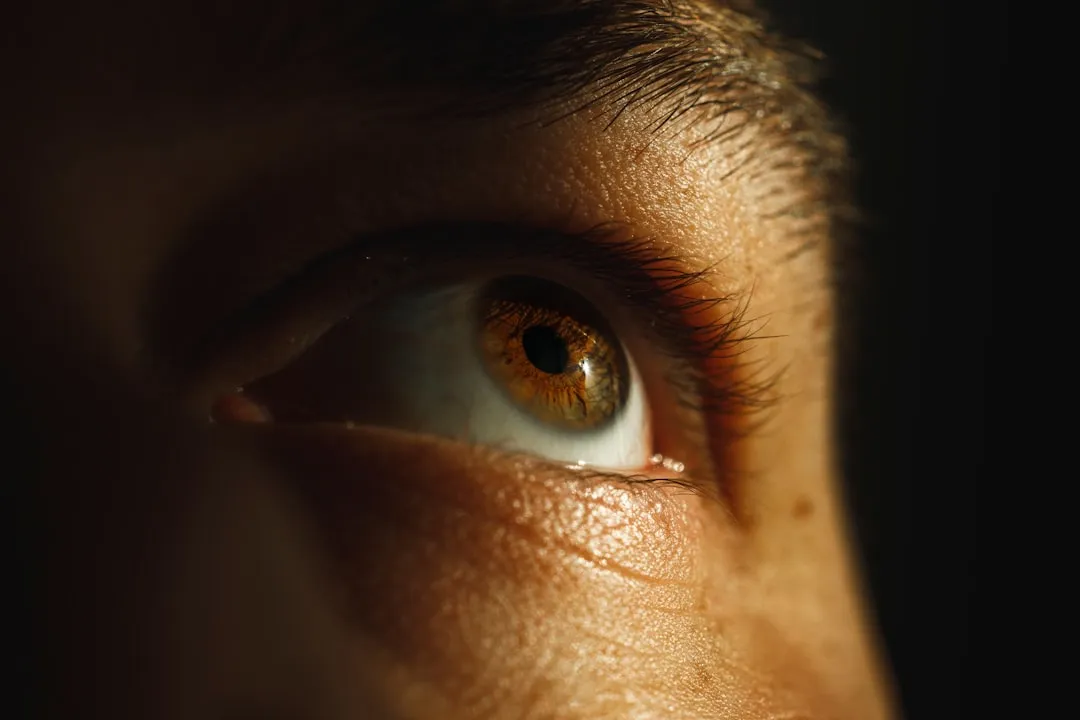
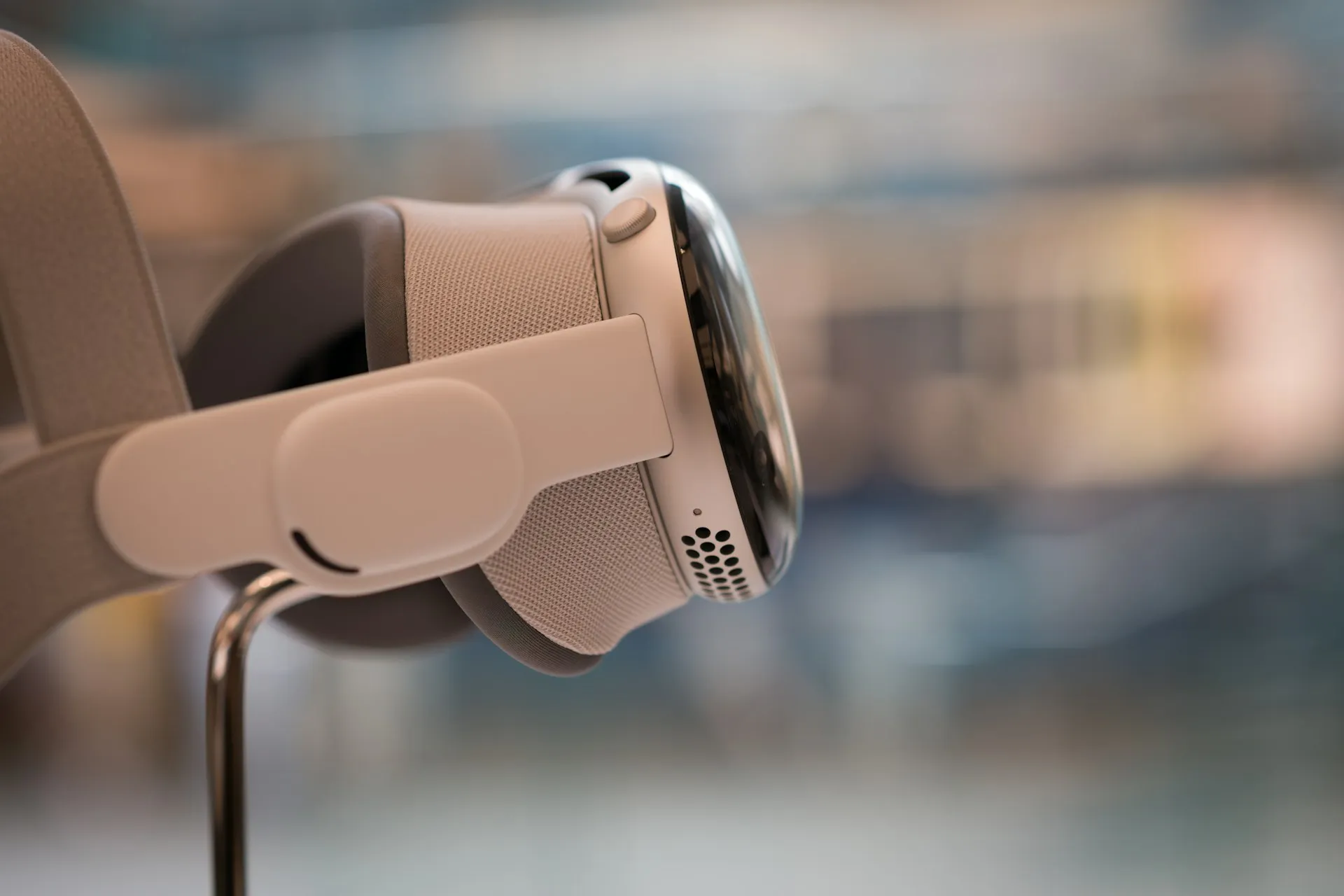
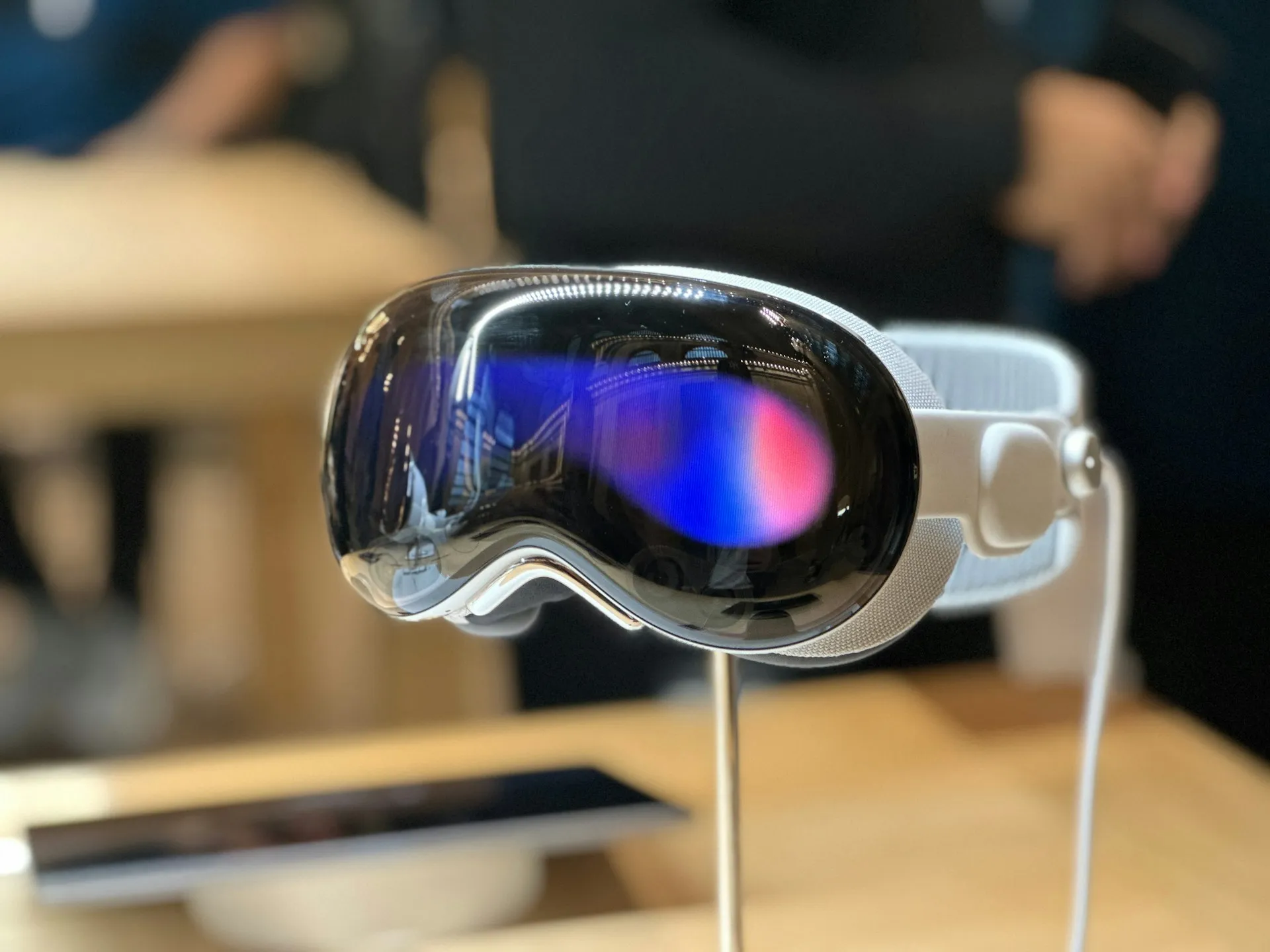
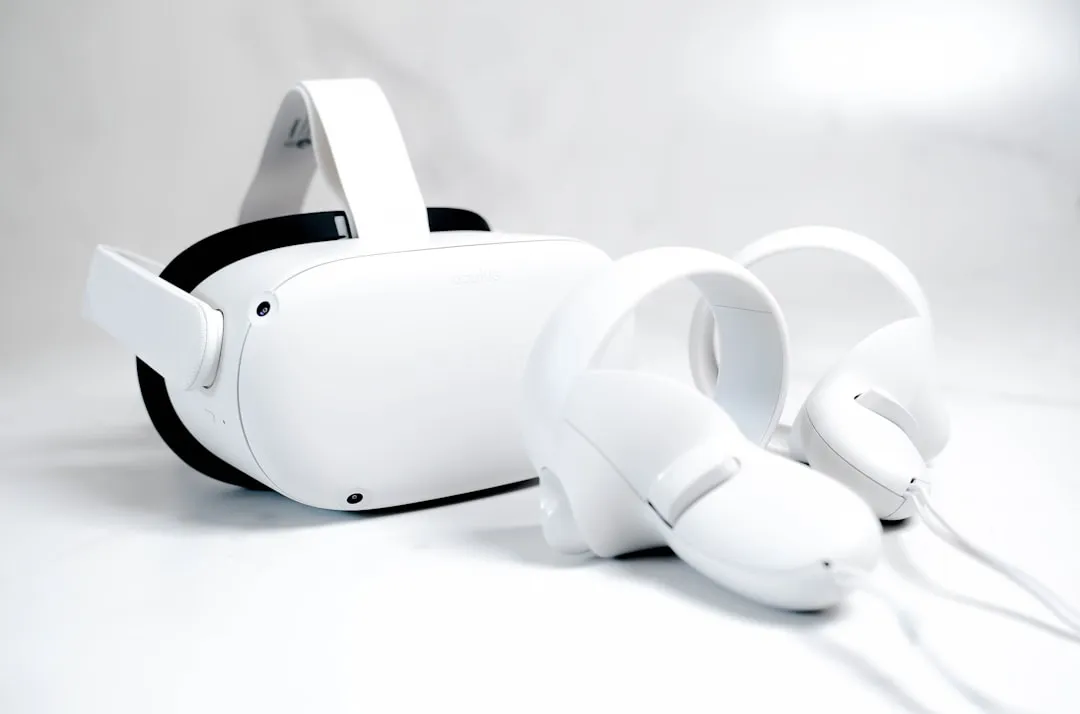
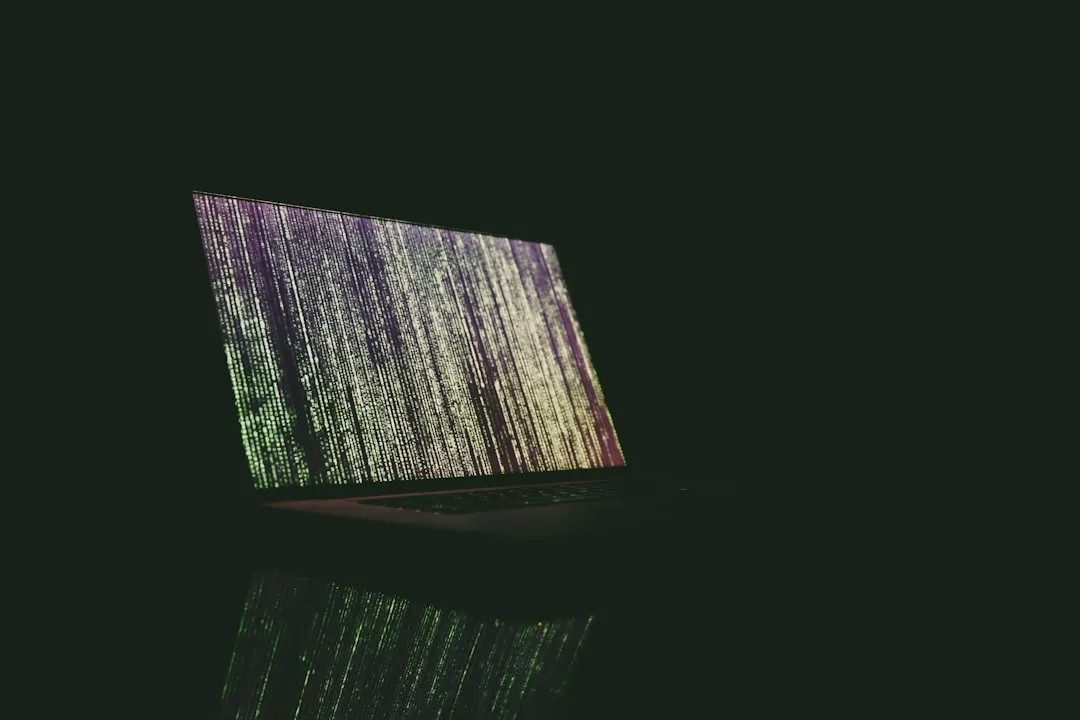
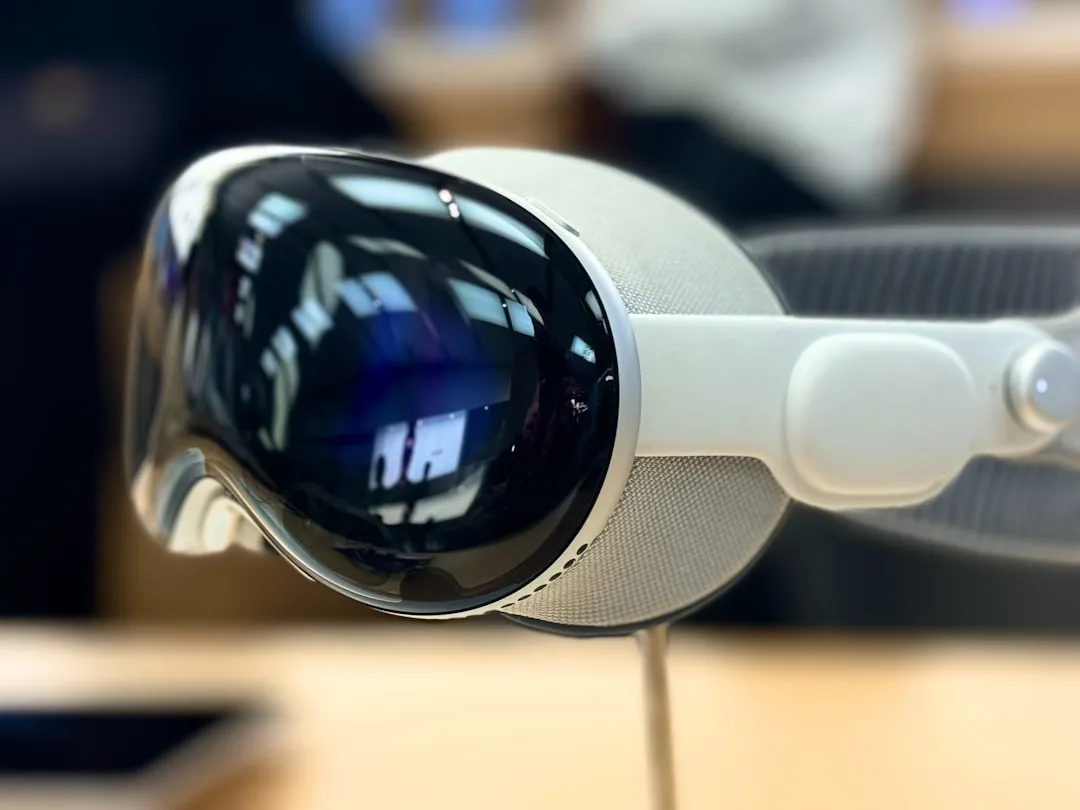
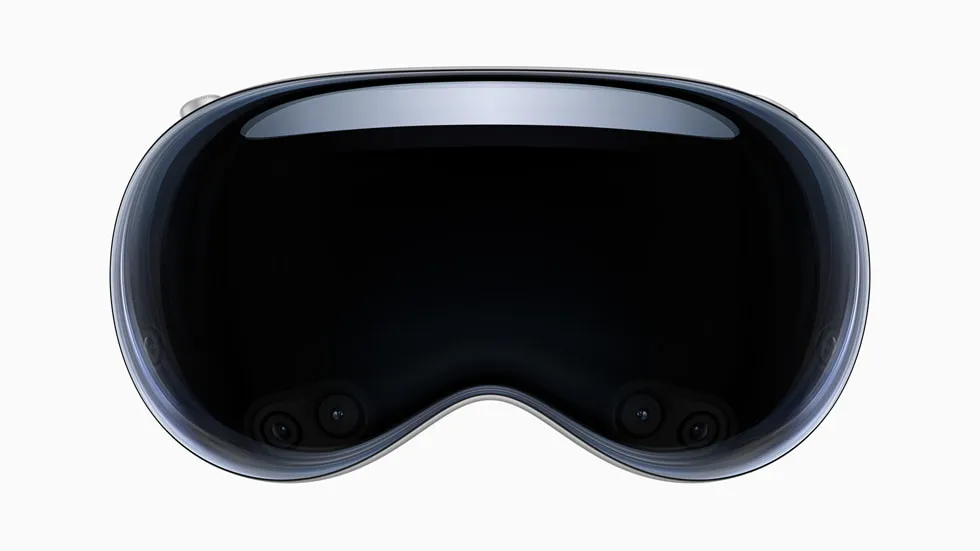
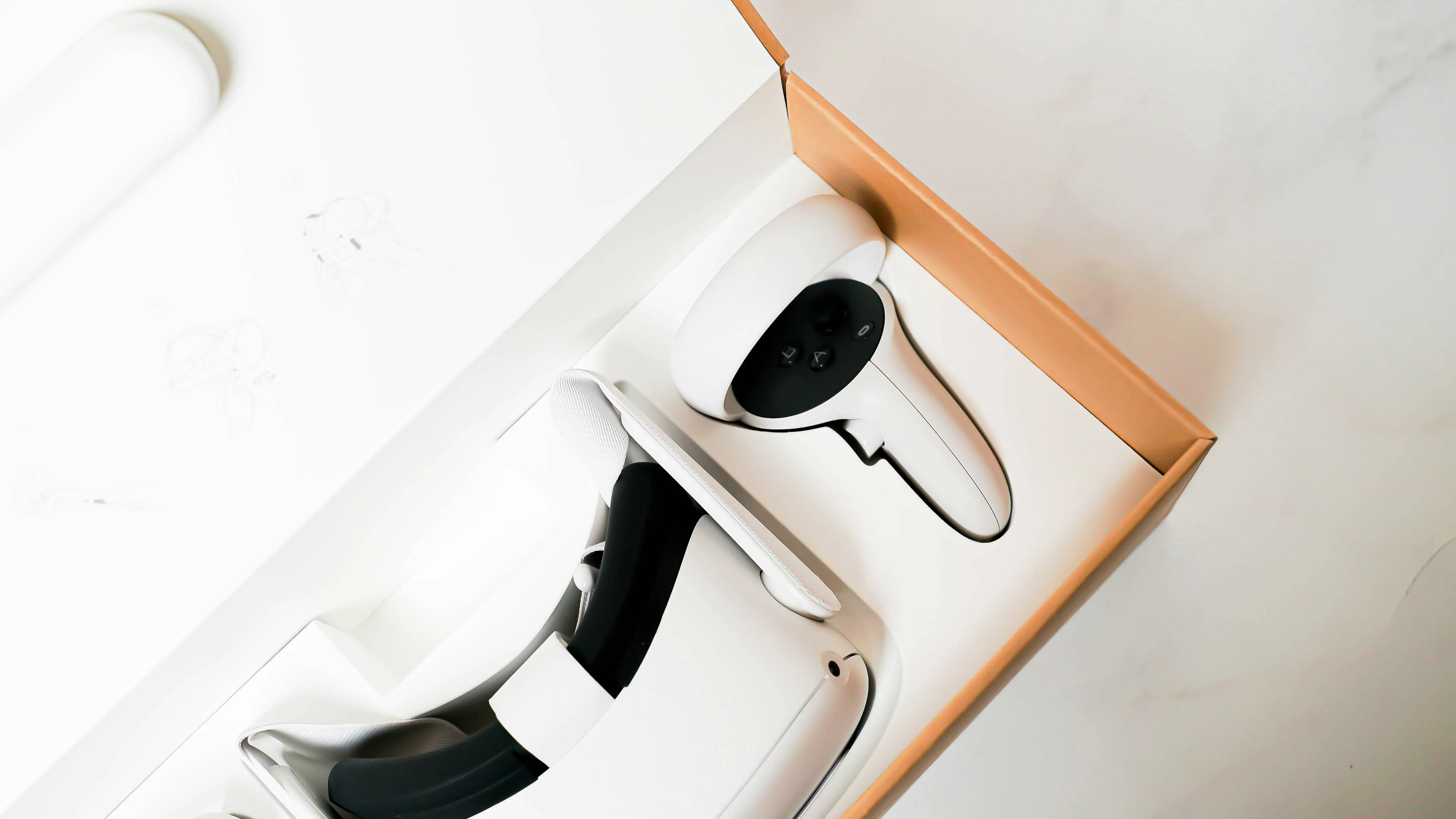
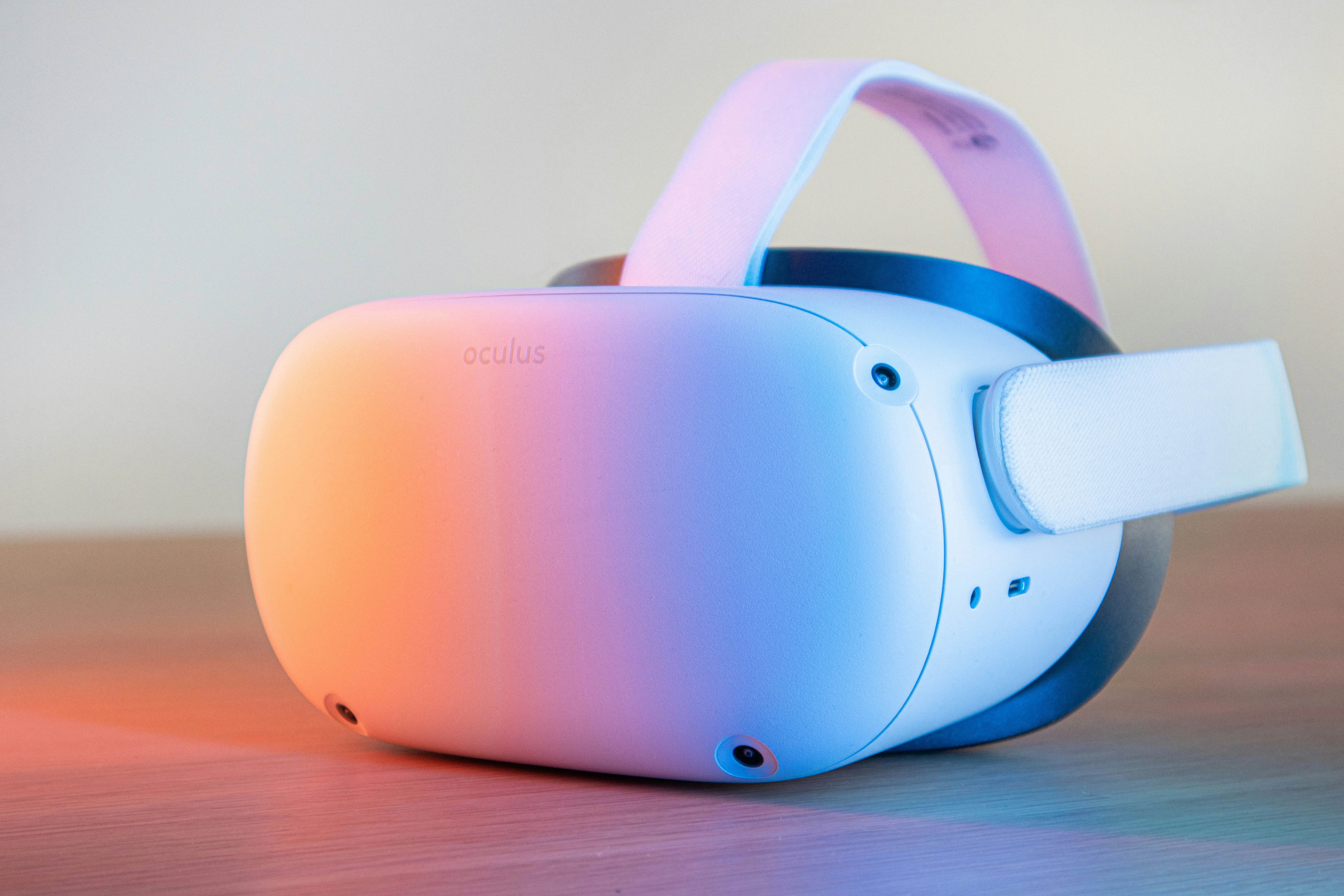









Comments
Be the first, drop a comment!